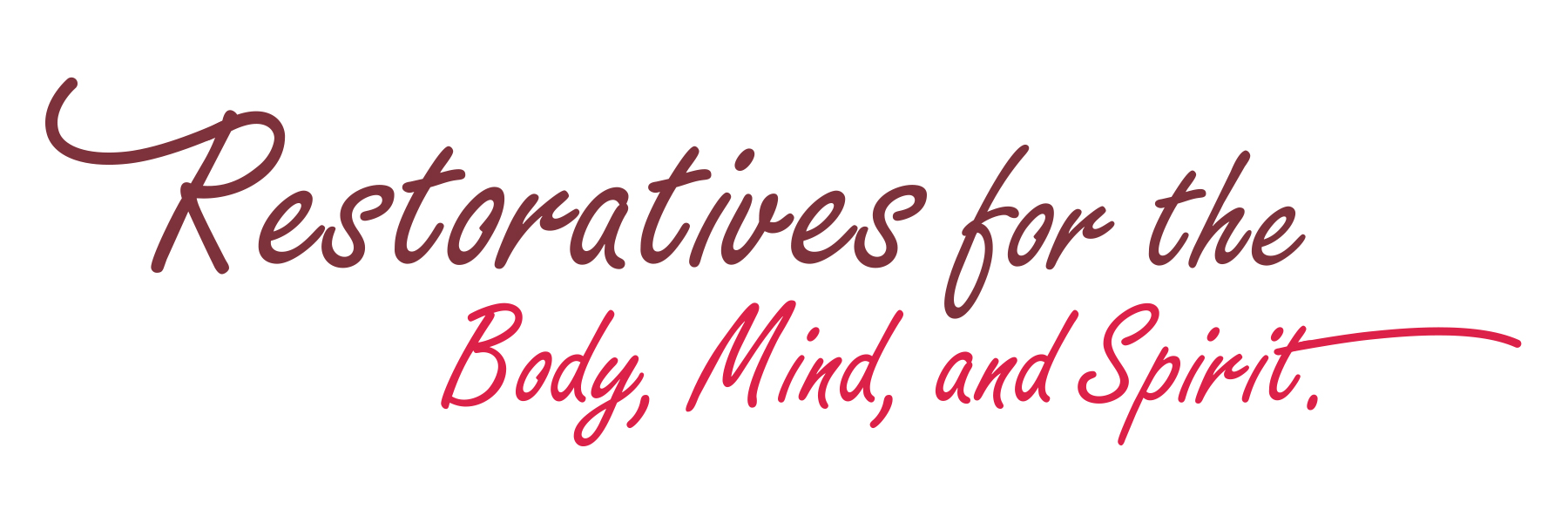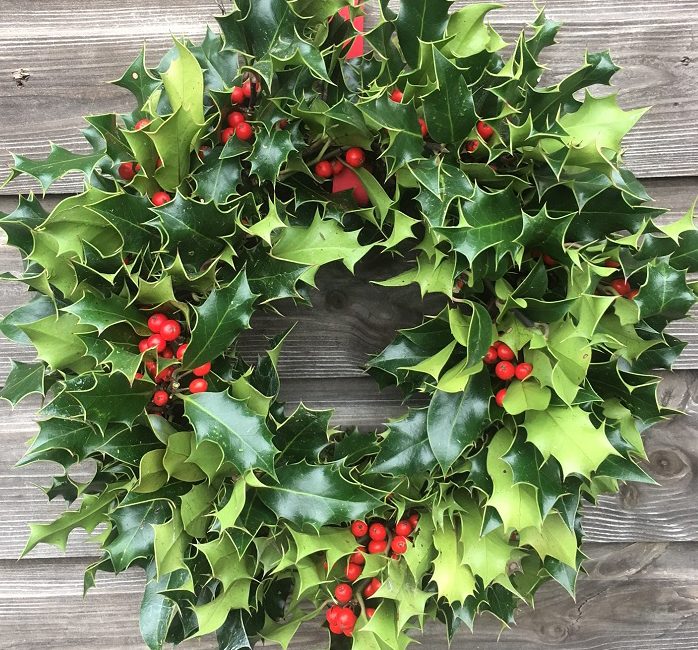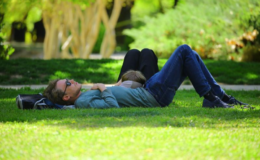The days are getting shorter and darker and the trees now stand bare. The streets and neighborhoods are filled with lights and decorations. Everyone is in a flurry of feasts and festivities the entire month of December. It’s fun to indulge in all of the traditions and it’s special because it only comes once per year. While I greatly enjoy all of the fun and merriment, I’ve become interested in where these customs come from and why do we hold onto them so dearly. For many people, it seems that we are drawn to these rituals at a deeper level beyond annual traditions. We anticipate them and they comfort us each year. I’m just skimming the surface of investigating some of the origins of my own holiday traditions, and knowing where they came from makes them even more meaningful as I progress through the month of December. It all starts with the sun and the seasons.
Winter Solstice celebrations traceback to ancient times. Great monuments, structures, and pyramids were built with openings to mark the sun at its lowest point in the cycle. They can be found at Stonehenge in England, Newgrange in Ireland, Tulum in Mexico, and Cerro de Gentil in Peru, just to name a few. These special portals served as a type of calendar to inform the people that the days would be now be getting longer and the sun would return. This was important for survival and managing the deep winter weeks to follow. Solstice festivities included feasts and celebrations that the dark period was complete and that life would be made new again. The deep winter months were known for scarcity of food, so it would be important to take advantage of the feast because there wouldn’t be much to live on in coming months. In preparation for a period of relative hibernation and scarcity, the cattle were slaughtered at this time because there would be no food for them during the cold months. Beer and wine that had been fermenting since spring was finally ready to enjoy. Add in the root vegetables and the remaining harvest of late fall, and this was a time of plenty and it was a matter of survival to partake in the abundance. It’s also important to note that the food supply would have already been limited in the late fall and early winter. The people were most likely hungry and anticipating the slaughter and the feast.
In western cultures with such a central focus on Christmas, the Christian celebration of Jesus’ birth, it can be easy to lose sight of the fact that many traditions that we follow are much older than Christianity and Christmas. These customs have evolved from country to country and family to family, and they are filled of the spirit of our ancestors. It turns out that the Christians chose late December for their celebration because coincided with already existing pagan solstice festivals. As Christianity spread wide and far, it intermingled with local rituals and many were adopted into Christianity. Even the Christmas tree and gift giving came from Pagan traditions that were later reframed in a Christian context. There’s symbolism about just about everything related to Christmas.
The Yule Log holds such lore that there is a Yule log channel on the television or live stream via the internet on your screen to get the effect. The Yule log was at the center of the solstice festival. It dates to pre-Christian times and appears to have its roots in Germany and Scandinavia. It represents the light and warmth of the sun and and burned continuously throughout the days of the solstice period to bridge the old cycle with the new cycle. The use of candles and lights during the days leading up to solstice were also a custom to represent to light returning after the darkest day of the solstice. Later, the Yule Log and candles became part of Christian Christmas traditions.
Indoor Christmas trees and tree decorating them is said to have begun in Germany in the 16thcentury. Prior to that, it was a pagan tradition to bring fir and evergreen branches into the home around the solstice period. Evergreen boughs and holly were hung above doors to ward away evil spirits, ghosts, and illnesses. Evergreen was a symbol of everlasting life and was used by the druids, the Vikings, and the Romans. Households of German immigrants to the United States were most likely to have Christmas trees inside the house in the early 19thcentury. In the UK, very few had Christmas trees until Queen Victoria and Prince Albert, himself a German who insisted on having a tree in their residence, posed for a family portrait around their Christmas tree. This increased its popularity greatly and spread to the United Stated in later decades. Another plant, mistletoe, was a symbol of love and friendship in Norse mythology and traditions of hanging it go back to the ancient druids to bring good luck. At one point it was considered such a pagan tradition that it was banned as a decoration in churches.
The tradition of gift giving dates back to Roman Solstice festivals and giving to those less fortunate. This evolved into Wassailing and even Boxing Day today. Gifts giving became directed toward children in the 19th century. The period of advent was created to mark a fasting period leading up to the celebration of Christmas. Later Advent Calendars were created later with little gifts each day to countdown the days until December 25. Now they are often filled with chocolate or other sweets and especially popular with children.
Mulled wine travelled with Christianity from the Mediterranean to the northern countries and remains a popular seasonal drink called Glögg in Scandinavia in which spices and fruit simmered with warm red wine. Christmas cookies became popular once trade routes opened up bringing spices and sugar to Europe. These items were expensive at the time and Christmas was a time to indulge in these exotic treats in the form of cookies and other bakes goods. We are enjoying the same holiday flavors of ginger, cinnamon, nutmeg, and cardamom as were enjoyed during medieval times.
The original meanings of our traditions don’t hold the same weight as they once did. We have electricity which lights our rooms beyond the hours the sun provides light. Many of us are not hungry when the Christmas feast is served and will not be on the brink of starvation during the cold months of winter. We are not cold when we are sipping mulled wine at holiday parties. Yet, we are comforted by these traditions the sense that there is something special about them, something connected to our collective history gives us peace.
As many things, the Christmas and holiday season have become more and more commercial and more and more related to food and feasting. We’ve come a long way from the fasting during advent to eating a treat each day. There’s also a theme of Christmas over the years being more and more geared toward children. I remember Christmas being magical as a child and I enjoyed sharing that magic with my own children when they were small. Now that my own children have grown and myths have been demystified, I want to reconnect with that magic of the season. And it’s so simple, a celebration that the darkest day has arrived and a beginning of a new cycle of increasing light has begun. I will light my candles and hang my wreath as one season bridges into another to create the chapters and cycles of my own life.
(Originally published in December 2018)







